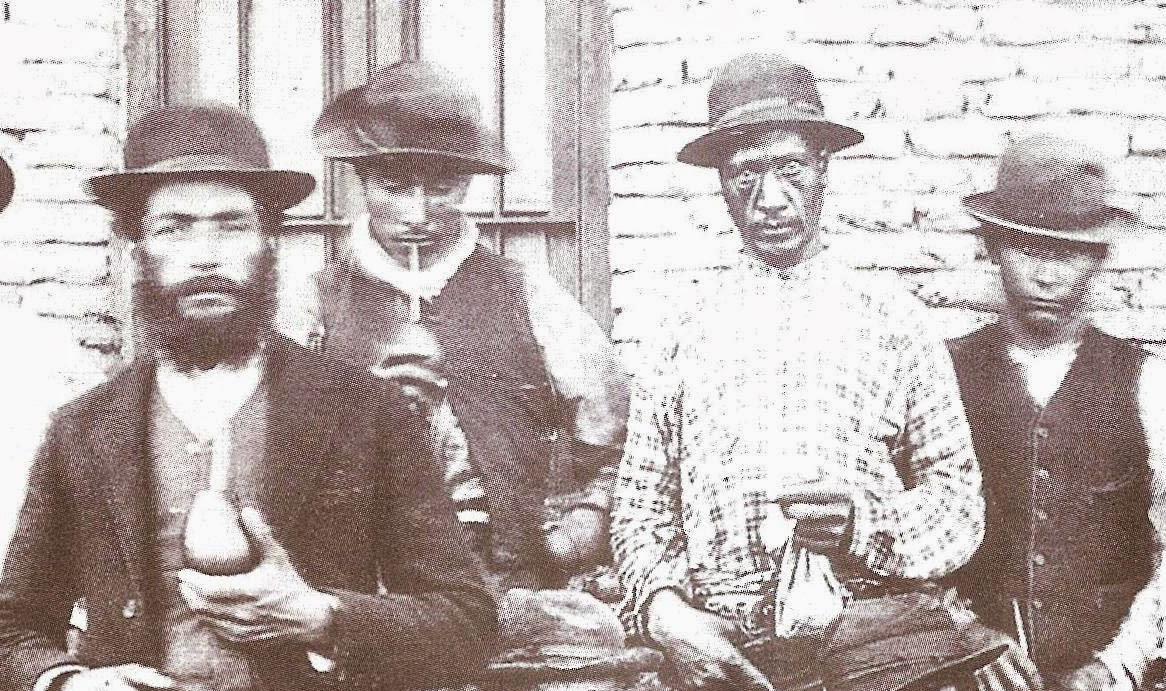MilHojas
Registered
- Joined
- Oct 9, 2007
- Messages
- 1,584
- Likes
- 1,297

The Hidden History of Black Argentina | Uki Goñi
“This country has no tradition of its own,” Argentina’s master writer, Jorge Luis Borges, told me in an interview in 1975. “There’s no native tradition of
(Free registration required)
